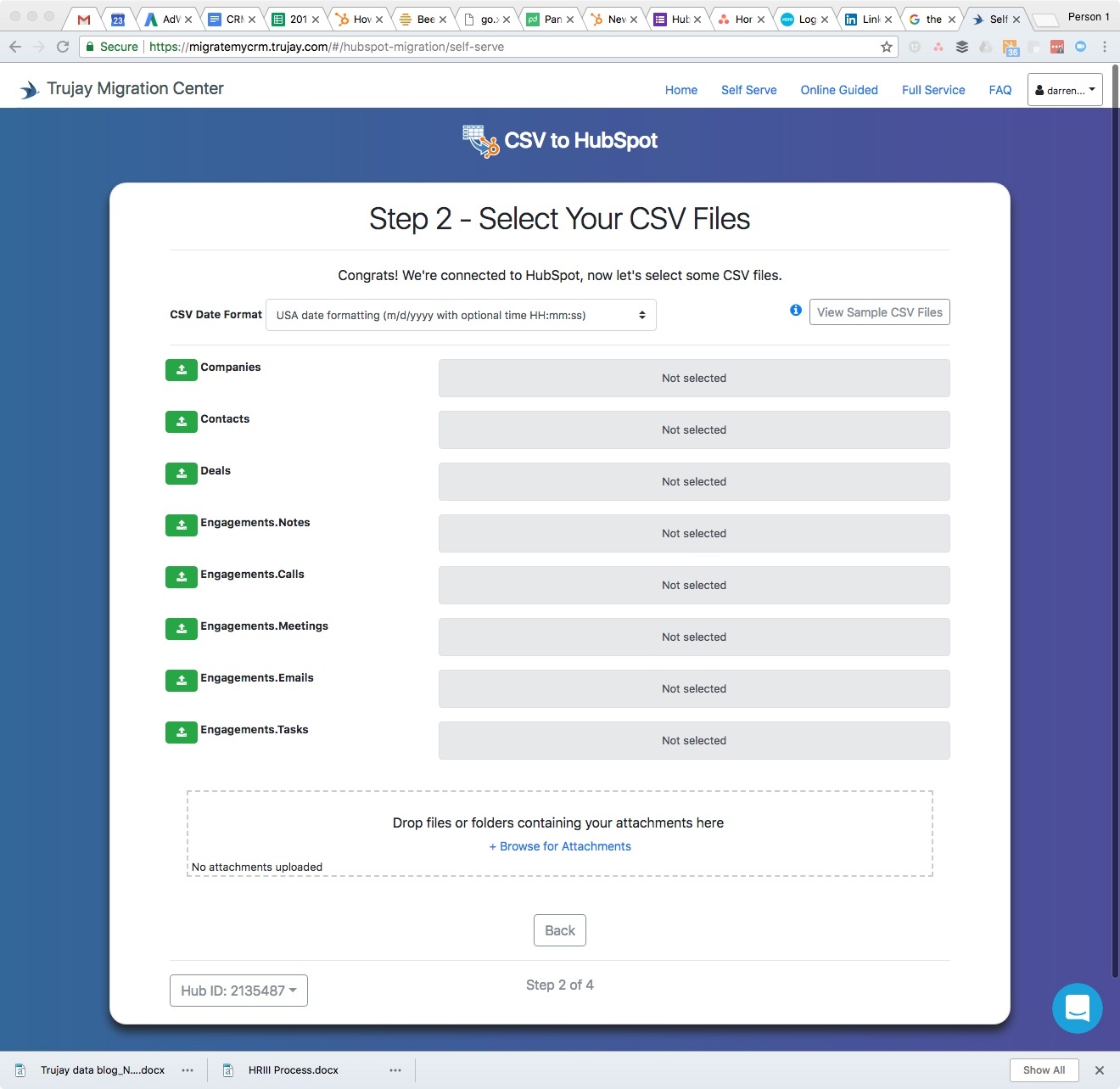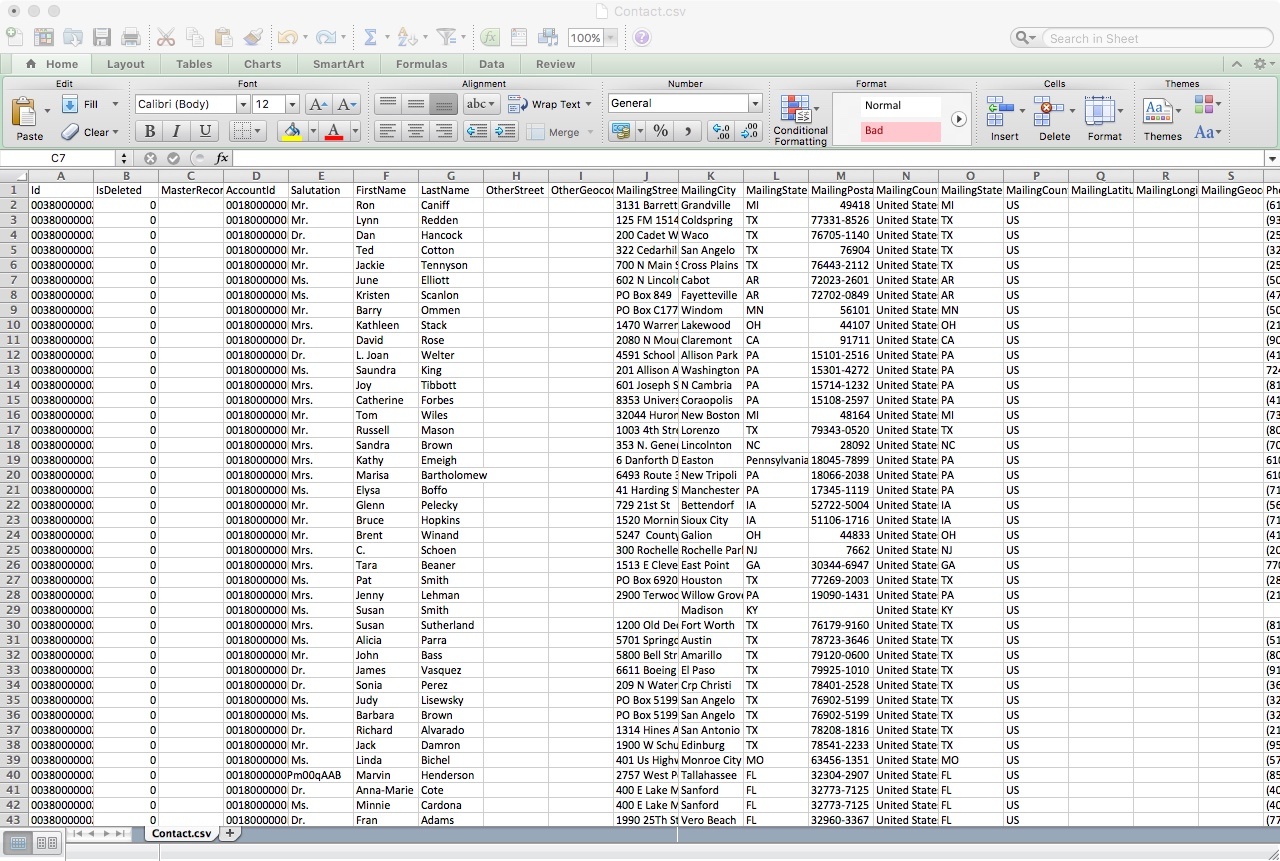We frequently see our HubSpot users ask about the best way to manage their data in HubSpot. It usually starts with the first import of customer data. Say you want to import all of your data, and you want it all associated to the right records. How do you maintain it once it’s in HubSpot? How do you dedupe all your contacts? How do you add new data in the best way? How do you get your data in HubSpot to sync with another SaaS system (e.g. Xero, NetSuite, SFDC)? How do you pull your data out to do a special report?

At Trujay, we're here to demystify the process and to provide some tips that will help you best navigate your data needs within HubSpot.
Getting Your Data In
How to know which data migration option is best for your use case.
Along with the excitement of purchasing a new CRM that will better allow you to manage your team, prospects, and current customer base, there often comes a general feeling of overwhelm. You wonder “now what?” For new HubSpot users or even brand new CRM users (yay, no more spreadsheets!), you're now ready to start importing your existing data into HubSpot. Your primary options are:
- HubSpot's CSV import utility
- Data migration vendor (like Trujay — that’s us!)
- HubSpot's API (via work from your IT team or third party)
- Existing native integration (e.g. Salesforce or Shopify)
HubSpot's CSV Import Utility
This is best for smaller companies with limited data types to import, and it’s free. HubSpot supports importing data on companies, contacts, and deals, so if this is all that you’ve captured previously, this simple option may be a perfect fit. However, this tool won’t associate the deals at present, and it doesn’t allow you to pull in your emails and activities.
Data Migration Vendor
Trujay: Good for both simple and complex use cases. Our solution allows you to import and associate together companies, contacts, deals, notes, emails, calls, tasks, meetings, and attachments. Trujay will bring over your parent/child relationships, too. We also have a Gmail connector which allows you to migrate your historical Gmail emails and contacts into HubSpot and a Pipedrive connector which allows you to directly migrate your data from Pipedrive into HubSpot.

Import2: Good for when you have a simple migration use case and are coming from one of the leading CRM’s and do not need extra services.
If you get into complex needs with custom objects, special data filtering, cleaning before the migration, or you just simply want a service team to own the project to reduce your risks and help you with your migration, then you should look towards Trujay.
Trujay and Import2 are partners and either will refer you to the other if it’s a better option for your needs.
HubSpot's API
While it may not make sense to custom develop a connector to HubSpot if other vendors already supply this, there may be APIs available in HubSpot that you require but aren't supported by the vendors. In this case, custom development may be needed. We haven’t seen many companies use this angle for a data migration, but if you do have API skilled resources on staff, this could be your answer.
Getting Your Data Connected and Cleaned
How to dedupe and associate new data with key objects.
One question that we frequently receive from prospects is how do we ensure that records previously tied together in another system, like notes associated to contacts, remain linked when migrated into HubSpot? Typically, when your data is exported from your old CRM, you'll be provided with CSV files (or an SQL backup) that will contain unique identifiers for your records (like a contact ID, company ID, note ID, etc.) along with relational identifiers. This means that we can see each unique note as well as the IDs of the related/associated contacts, companies, and deals. As long as we have this information, we retain the relationships and import them into HubSpot as is.
If your CRM export or spreadsheets don't contain this information, it's possible for us to generate it. So if your relationship is not an ID but instead is a name, like a company name on a contact file, we can create identifiers for you and retain the relationship during the migration.
HubSpot natively dedupes records within the system based on email domain for companies and email address for contacts. However, these rules are not always enforced through the API. This means that if you use an option other than HubSpot's native CSV import utility, you could import multiple companies with the same domain — this is great for franchises!
We also often find that some users within an organization will use a group email address, resulting in data having several contacts with the same email address. MigrateMyCRM, our HubSpot migration solution, will warn you of these duplicates and will ensure that all contacts are imported. However, we'll make sure that only one contact will have that group email address stored in HubSpot to comply with HubSpot's deduplication rules.


We also find that moving to a new CRM is an excellent opportunity to clean up your data. It's inevitable for data to become stale and messy as time progresses, and all of our clients struggle with duplicate records. Once you have your hands on your data in spreadsheet format, it’s an excellent time to pause and do some cleanup to ensure that what you import into HubSpot sets you up for success. And if you don't want to take this task on yourself, our team has done this countless times and can provide best practices as well as take on the task of completing the cleanup.
Getting Your Data Synced with Other Systems
How to integrate your data with other systems.
Existing Native Integration
HubSpot does have native integrations available that you can access directly from within your portal. If you're moving from Salesforce.com to HubSpot (or using Salesforce.com as a CRM and HubSpot as your MA system), you can take advantage of the native integration. Shopify is another native integration offered with HubSpot, as well as PandaDoc and a slew of other vendors. While not all data types are supported, many are. For anything that is not supported, you could use a middleware vendor.
Middleware Vendors
Companies like Dell Boomi, Scribe, Workato, and Bedrock Data have all been used to tie HubSpot to other systems. We have used these solutions to perform integrations tying HubSpot to just about any system. In some cases, we use the middleware to connect HubSpot to a flat file generated by another ERP or similar system, to upload data on an ongoing basis. We find most middleware vendors have better connections on specific systems, so with the vendors above we see some are better with HubSpot and NetSuite, while another is best for HubSpot and Xero.
Integration Experts
Trujay is one of many companies that can come in and recommend the best Middleware solution (Lynton Web and a handful of other companies offer integrations for many HubSpot needs).
